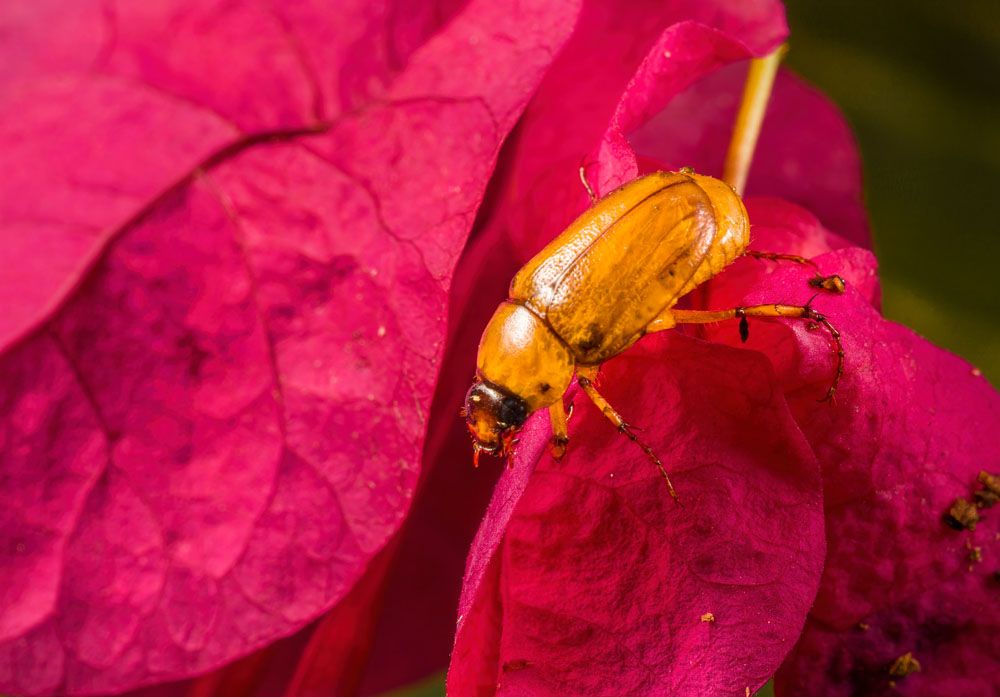
Northern Masked Chafer – Cyclocephala borealis
Northern Masked Chafer (Cyclocephala Borealis)
Common Name: Northern Masked Chafer
Latin Name: Cyclocephala Borealis
Appearance:
- Eggs are pearly white, oval, 1.7mm long and 1.2mm broad.
- Northern masked chafers are 11 to 14 mm long and 6 to 7 mm broad as adults.
- Their thoraxes and wing coverings are hairy, drab yellow-brown with darker patterns on the head and eyes.
- The larvae eat plant roots and other items near the soil surface. The grownups do not consume food.
- Pupae are 17mm long and 8mm broad and creamy-white at first before becoming reddish-brown when adults emerge.
